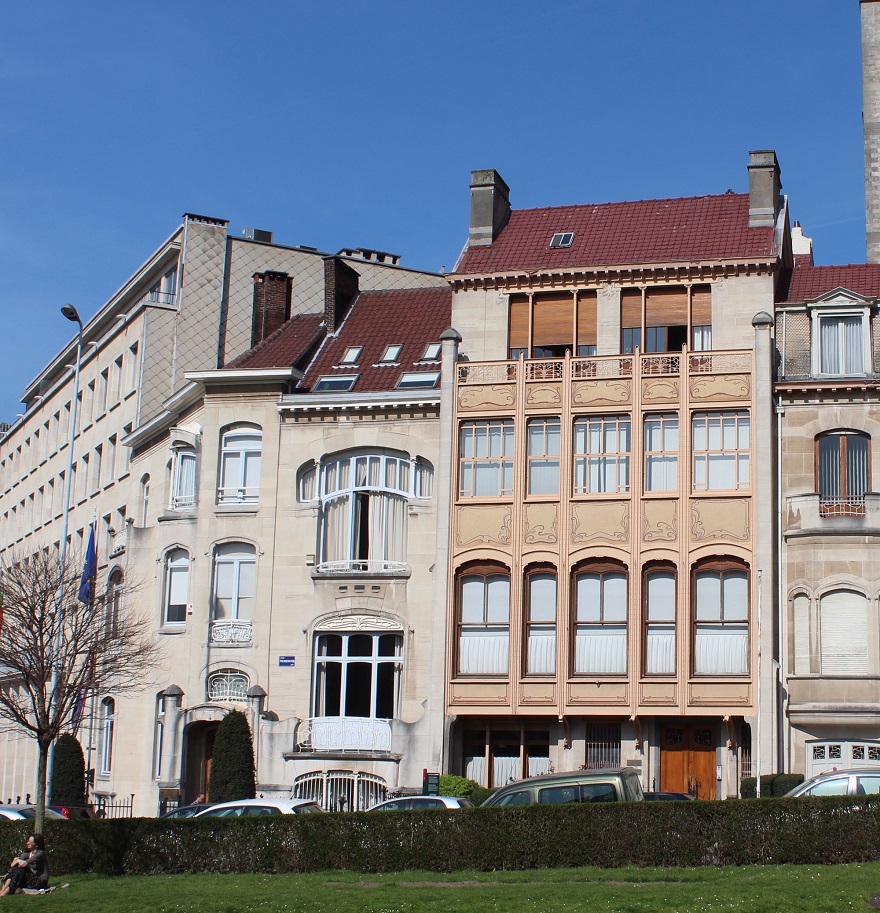Victor Horta had only recently built his first Art Nouveau house in Brussels when he was contacted by Edmond Van Eetvelde, the secretary-general of Leopold II’s Congo colony.
Van Eetvelde wanted to build himself a prestigious family home on Avenue Palmerston where he could entertain distinguished international guests. He approached Horta to design a house in the new Art Nouveau style. Money was not a problem
Horta knew from the moment they met that he had found his ideal client. ‘I presented him with the most ambitious plan I had ever drawn up,’ Horta wrote in his autobiography.
Horta began the work in the year of the 1897 Exhibition, when Congo fever was at its height and many people including Van Eetvelde were making huge profits from the brutal Congo trade.
Not everyone was thrilled with the house. Madame Van Eetvelde was sniffy about the ironwork. Très peuple, she said, in a snide reference to the socialist Maison du Peuple that Horta was working on at the same time. Very working class, you might say.
The house was eventually acquired by the Belgian electricity company and in 2000 placed on the UNESCO list of world heritage. It was recently bought by Brussels Region with the aim of opening it to guided tours. You can book a tour at weekends in March during the Banad Art Nouveau festival (banad.brussels). But places sell out fast.
Derek Blyth’s hidden secret of the day: Derek Blyth is the author of the bestselling “The 500 Hidden Secrets of Belgium”. He picks out one of his favourite hidden secrets for The Brussels Times every day.

